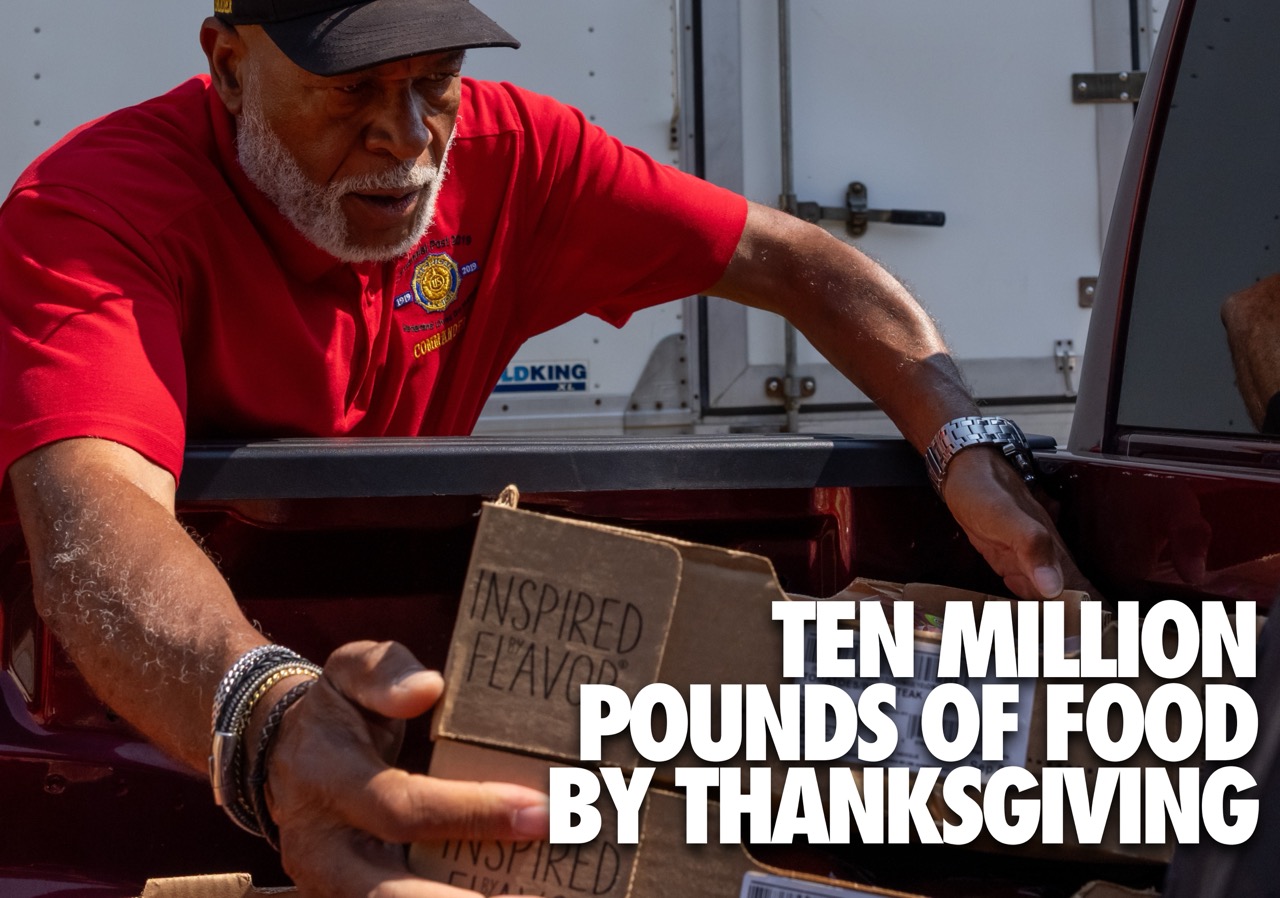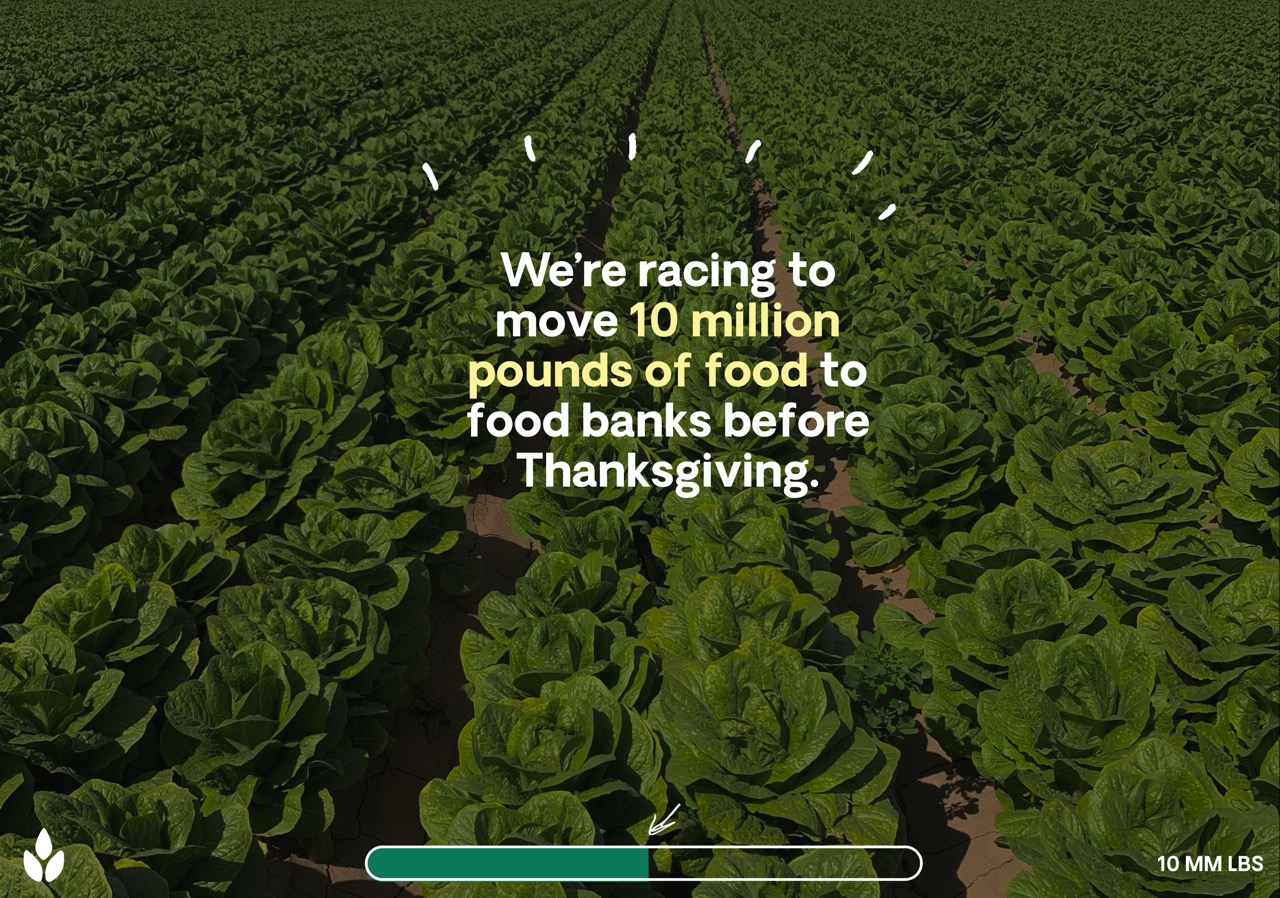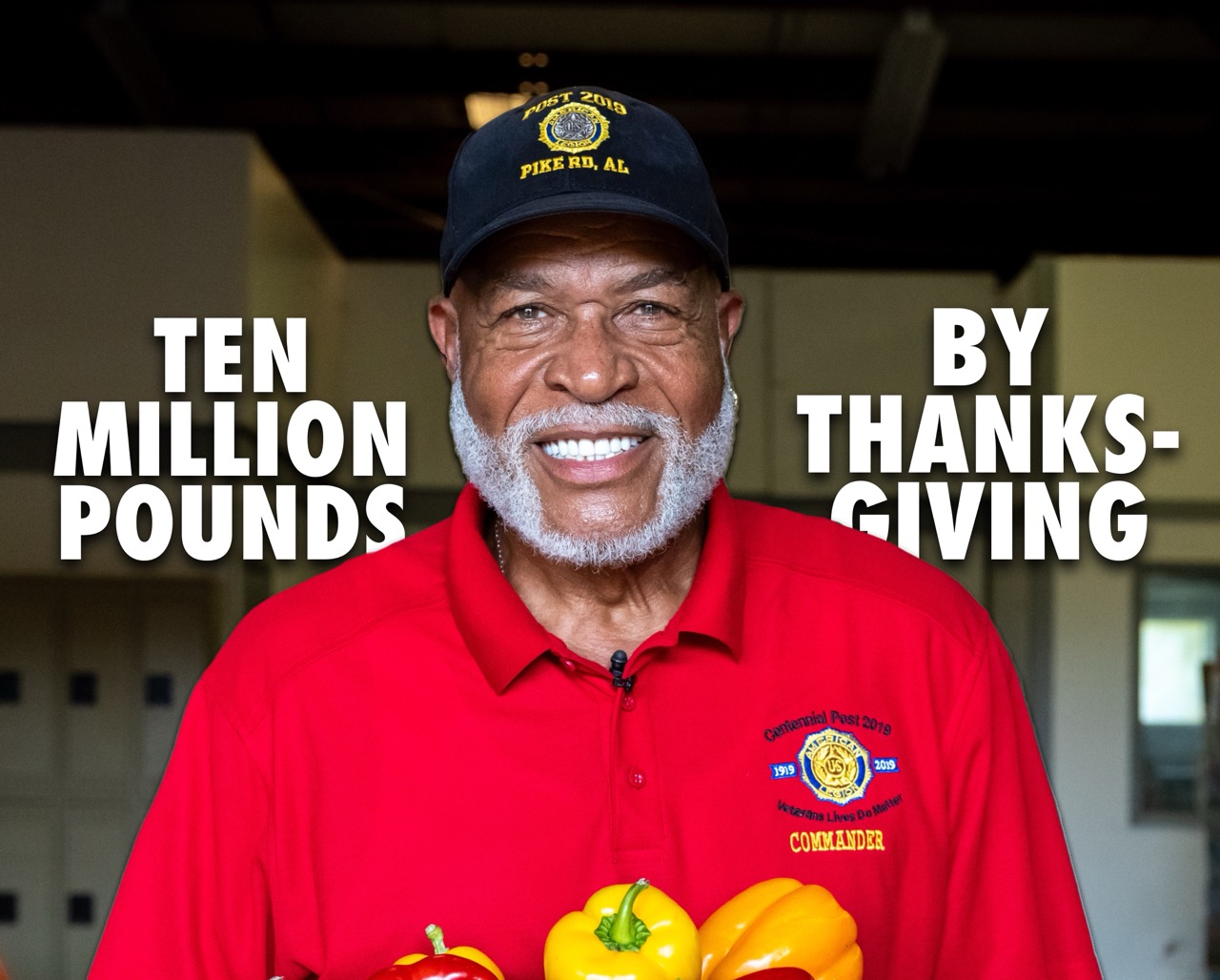In late June, The Farmlink Project helped deliver 21,000 pounds of cabbage from Sunshine Fresh Produce to Feeding Northeast Florida (FNEFL), both located in Jacksonville, Florida. We’re elated to have worked with FNEFL, whose impact spans across eight counties in Florida.
The Director of Compliance and Capability, Eli Darkatsh, told us that, with the pandemic, there came a record number of people at their food banks. They saw a 129% increase in demand, with an estimated 40% being new faces who’ve never sought help before.
It’s a familiar narrative, albeit one that’s hard to stomach. This is not the only challenge FNEFL has experienced; increased need for transportation, volunteer shortages, and greater food costs are other issues that have emerged. However, Eli said, “We have the potential to emerge from this crisis stronger and even better positioned to meet the evolving needs of our community.” FNEFL adapted to meet the challenges posed by the pandemic, building upon their existing capacity, infrastructure, and technology. In 2020, FNEFL distributed 31 million pounds of food, a staggering 82% increase from 2019. To put that in perspective, that’s roughly 84,500 meals every day.
At The Farmlink Project, we admire their quick and effective solutions. Their work hinged upon oftentimes spontaneous resources that were made available and challenges that came up. Take their Corner Markets. The Corner Markets mobile pantries directly reach neighborhoods within food deserts, areas where people lack access to nutritious, affordable foods. FNEFL employs nursing students and dieticians at the pantries, which creates a space for folks to receive individualized nutrition education.
Or we can look at Project S.H.A.R.E. — that’s a project they adopted in response to the pandemic’s initial, multipronged issues: restaurant closures leaving culinary staff without work as well as seniors being unable to leave their homes. FNEFL sought out laid-off culinary staff and hired them to cook warm meals that would then be delivered to elders. The program took off after The Players Championship, an annual golf tournament, was canceled; the excess food from local shops in the area was donated to FNEFL, which took the donations and harbored the altruistic energy to give rise to Project S.H.A.R.E.
It’s organizations like FNEFL that inspire The Farmlink Project’s efforts. If you’d like to contribute, Eli encourages you to donate either food or money or volunteer with your local food bank to organize resources and advocate for those needing food assistance.

< Back
In late June, The Farmlink Project helped deliver 21,000 pounds of cabbage from Sunshine Fresh Produce to Feeding Northeast Florida (FNEFL), both located in Jacksonville, Florida. We’re elated to have worked with FNEFL, whose impact spans across eight counties in Florida.
The Director of Compliance and Capability, Eli Darkatsh, told us that, with the pandemic, there came a record number of people at their food banks. They saw a 129% increase in demand, with an estimated 40% being new faces who’ve never sought help before.
It’s a familiar narrative, albeit one that’s hard to stomach. This is not the only challenge FNEFL has experienced; increased need for transportation, volunteer shortages, and greater food costs are other issues that have emerged. However, Eli said, “We have the potential to emerge from this crisis stronger and even better positioned to meet the evolving needs of our community.” FNEFL adapted to meet the challenges posed by the pandemic, building upon their existing capacity, infrastructure, and technology. In 2020, FNEFL distributed 31 million pounds of food, a staggering 82% increase from 2019. To put that in perspective, that’s roughly 84,500 meals every day.
At The Farmlink Project, we admire their quick and effective solutions. Their work hinged upon oftentimes spontaneous resources that were made available and challenges that came up. Take their Corner Markets. The Corner Markets mobile pantries directly reach neighborhoods within food deserts, areas where people lack access to nutritious, affordable foods. FNEFL employs nursing students and dieticians at the pantries, which creates a space for folks to receive individualized nutrition education.
Or we can look at Project S.H.A.R.E. — that’s a project they adopted in response to the pandemic’s initial, multipronged issues: restaurant closures leaving culinary staff without work as well as seniors being unable to leave their homes. FNEFL sought out laid-off culinary staff and hired them to cook warm meals that would then be delivered to elders. The program took off after The Players Championship, an annual golf tournament, was canceled; the excess food from local shops in the area was donated to FNEFL, which took the donations and harbored the altruistic energy to give rise to Project S.H.A.R.E.
It’s organizations like FNEFL that inspire The Farmlink Project’s efforts. If you’d like to contribute, Eli encourages you to donate either food or money or volunteer with your local food bank to organize resources and advocate for those needing food assistance.

Feeding Northeast Florida Food Bank
Jacksonville, Florida
In late June, The Farmlink Project helped deliver 21,000 pounds of cabbage from Sunshine Fresh Produce to Feeding Northeast Florida (FNEFL), both located in Jacksonville, Florida. We’re elated to have worked with FNEFL, whose impact spans across eight counties in Florida.
The Director of Compliance and Capability, Eli Darkatsh, told us that, with the pandemic, there came a record number of people at their food banks. They saw a 129% increase in demand, with an estimated 40% being new faces who’ve never sought help before.
It’s a familiar narrative, albeit one that’s hard to stomach. This is not the only challenge FNEFL has experienced; increased need for transportation, volunteer shortages, and greater food costs are other issues that have emerged. However, Eli said, “We have the potential to emerge from this crisis stronger and even better positioned to meet the evolving needs of our community.” FNEFL adapted to meet the challenges posed by the pandemic, building upon their existing capacity, infrastructure, and technology. In 2020, FNEFL distributed 31 million pounds of food, a staggering 82% increase from 2019. To put that in perspective, that’s roughly 84,500 meals every day.
At The Farmlink Project, we admire their quick and effective solutions. Their work hinged upon oftentimes spontaneous resources that were made available and challenges that came up. Take their Corner Markets. The Corner Markets mobile pantries directly reach neighborhoods within food deserts, areas where people lack access to nutritious, affordable foods. FNEFL employs nursing students and dieticians at the pantries, which creates a space for folks to receive individualized nutrition education.
Or we can look at Project S.H.A.R.E. — that’s a project they adopted in response to the pandemic’s initial, multipronged issues: restaurant closures leaving culinary staff without work as well as seniors being unable to leave their homes. FNEFL sought out laid-off culinary staff and hired them to cook warm meals that would then be delivered to elders. The program took off after The Players Championship, an annual golf tournament, was canceled; the excess food from local shops in the area was donated to FNEFL, which took the donations and harbored the altruistic energy to give rise to Project S.H.A.R.E.
It’s organizations like FNEFL that inspire The Farmlink Project’s efforts. If you’d like to contribute, Eli encourages you to donate either food or money or volunteer with your local food bank to organize resources and advocate for those needing food assistance.

.png)







.svg)
.svg)
.svg)